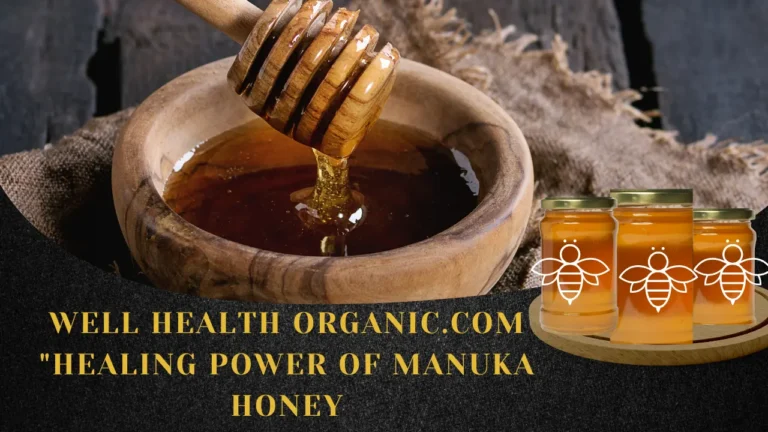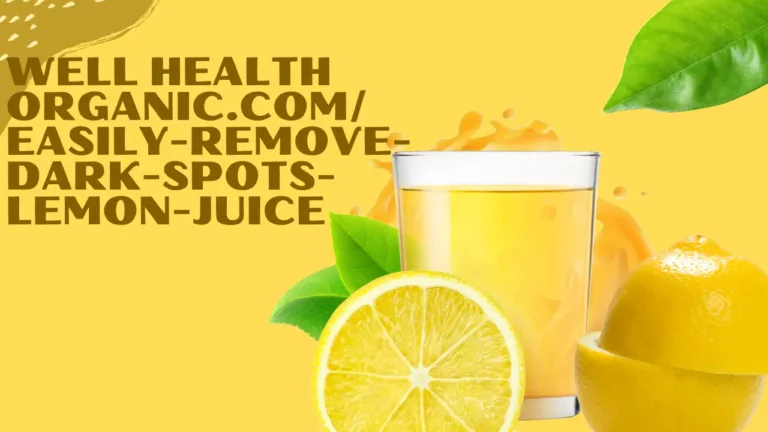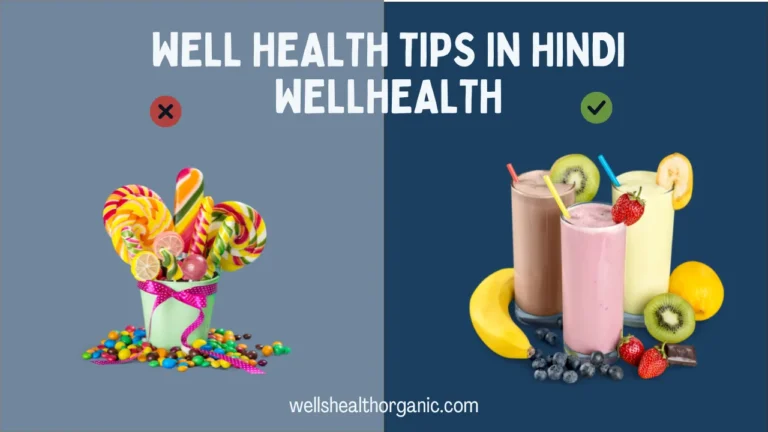Wellhealthorganic.com : Eat Your Peels: Unlocking the Nutritional Benefits
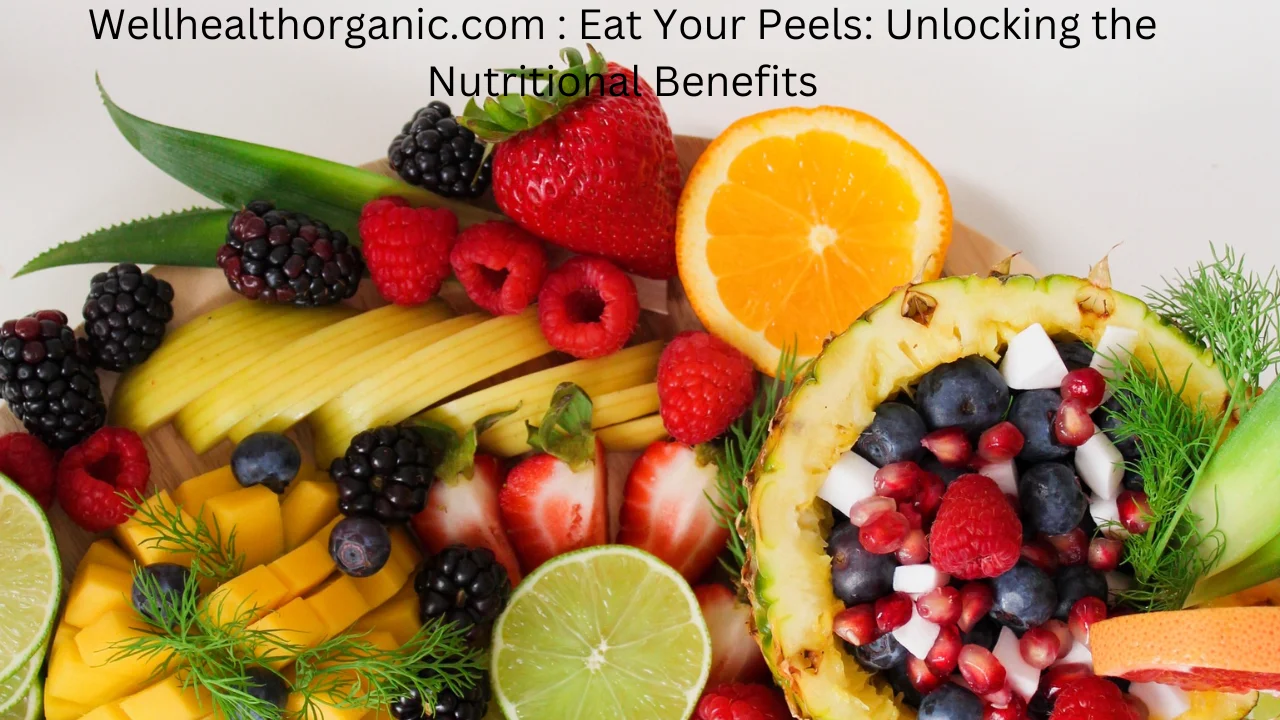
Eating peels may seem strange to some, but at wellhealthorganic.com : eat your peels: unlocking the nutritional benefits, you’ll discover that peels are nutritional goldmines often overlooked in our daily diet. From boosting fiber intake to providing essential vitamins, fruit and vegetable peels offer numerous health benefits and can even help reduce food waste. Although many of us peel our produce to avoid pesticide residues or for ease, understanding the power packed within these outer layers may have you thinking twice before tossing them away.
Why Should You Eat Peels?
Peels serve as a natural protective layer for fruits and vegetables, accumulating nutrients from sunlight and the soil. This concentrates antioxidants, vitamins, and minerals right in the skin, making it the healthiest part of the produce. By eating peels, we get direct access to these concentrated nutrients that can help boost immunity, aid digestion, and improve overall well-being. The guide at wellhealthorganic.com : eat your peels: unlocking the nutritional benefits emphasizes the importance of including these nutritious skins in your diet for a healthier lifestyle.
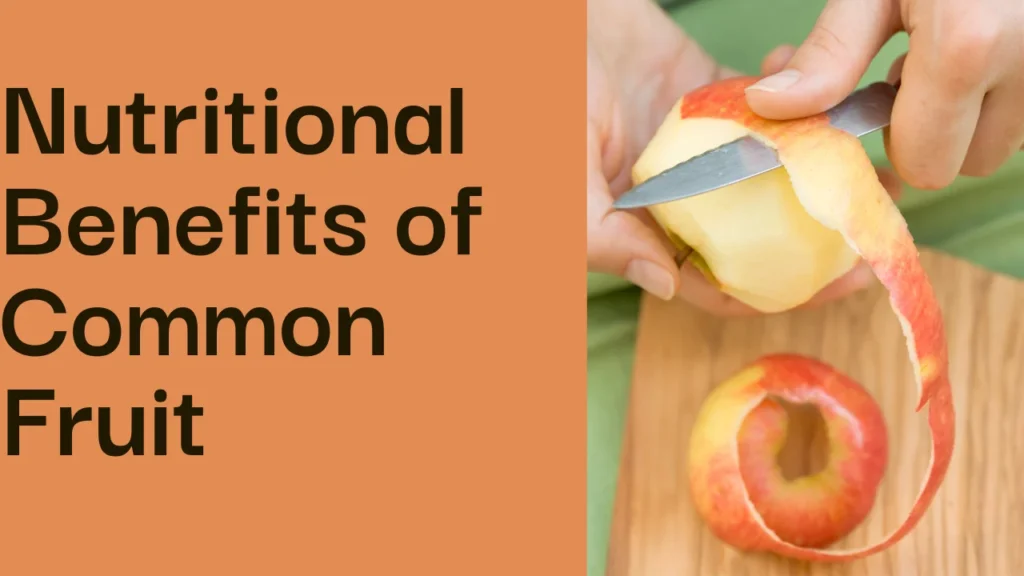
Nutritional Benefits of Common Fruit and Vegetable Peels
Eating peels can vary based on the fruit or vegetable. Here’s a look at the nutritional benefits of some commonly consumed peels:
| Produce | Key Nutrients in Peel | Health Benefits |
|---|---|---|
| Apples | Fiber, vitamin C, quercetin | Digestive health, immune support, antioxidant boost |
| Potatoes | Potassium, vitamin C, fiber | Heart health, improved digestion, better skin health |
| Citrus (Lemon, Orange) | Vitamin C, calcium, antioxidants | Immune support, reduced inflammation, bone health |
| Carrots | Beta-carotene, fiber, polyacetylenes | Eye health, digestion, anti-inflammatory |
| Kiwi | Fiber, antioxidants, vitamin C | Better digestion, immune support, reduced oxidative stress |
| Grapes | Resveratrol, fiber, antioxidants | Heart health, anti-aging, cancer protection |
Also Read: The Benefits of Theapknews.shop Health & Beauty
Apple Peels
Apple peels are loaded with fiber, which is essential for gut health. The skin also contains vitamin C and a flavonoid called quercetin, which fights free radicals, thereby reducing oxidative stress in the body. Including apple peels in your diet can promote better digestion and immune health while also reducing the risk of chronic diseases.
Potato Peels
Potato skins are often discarded, but they contain most of the potato’s vitamin C, potassium, and fiber. The potassium in potato skin aids in maintaining healthy blood pressure, while the fiber promotes satiety, which can help with weight management. At wellhealthorganic.com : eat your peels: unlocking the nutritional benefits, you’ll learn that potato peels are incredibly versatile and easy to incorporate into your diet, whether baked, roasted, or blended into soups.
How to Prepare and Safely Eat Peels
One concern many people have about eating peels is the presence of pesticides. To ensure safety, it’s crucial to wash fruits and vegetables thoroughly. If possible, purchase organic produce, which is grown with minimal pesticide use. Peels should be scrubbed and washed under running water to remove any dirt or residues. Soaking produce in a vinegar solution or using baking soda can also help remove pesticides.
Also Read: Prisha Fashion and Beauty: Guide to Products and The Brand
To maintain optimal nutrient levels, try to avoid overcooking vegetables with peels. Steaming or lightly sautéing vegetables can help preserve the vitamins in the skin, while also making the peels easier to chew and digest. The guidance at wellhealthorganic.com : eat your peels: unlocking the nutritional benefits covers simple, safe ways to prepare peels for maximum nutrient absorption.
Surprising Benefits of Citrus Peels
Many are unaware of the rich nutritional value in citrus peels like lemon and orange. Citrus peels contain higher levels of vitamin C and fiber than the flesh, and they also house essential oils that can boost immunity and act as natural anti-inflammatories. These peels are excellent when grated or zested and can be added to salads, desserts, or teas. By visiting wellhealthorganic.com : eat your peels: unlocking the nutritional benefits, you can explore more recipes and tips to incorporate citrus peels into your meals.
Can Eating Peels Aid in Weight Loss?
Yes, eating peels may support weight management. Since peels are often rich in fiber, they can promote feelings of fullness, which may reduce overall calorie intake. Fiber helps slow digestion, keeping you satisfied longer and reducing cravings. Furthermore, certain peels, like those of apples and potatoes, can prevent blood sugar spikes, providing a steady source of energy and minimizing hunger pangs. Including the peels as part of a balanced diet, as recommended by wellhealthorganic.com : eat your peels: unlocking the nutritional benefits, can be an effective and natural way to support weight control.
Also Read: Wellhealthorganic.com Vegetarian Protein Sources Comprehensive Guide
Avoiding Peels that May Not Be Safe
While most peels are beneficial, not all are edible or easily digestible. For example, mango peels contain a compound called urushiol, which may cause allergic reactions in some people. Similarly, some people find the tough outer layer of pineapples hard to digest. It’s essential to research and follow guidance, such as that found on wellhealthorganic.com : eat your peels: unlocking the nutritional benefits, before consuming peels that may be challenging for digestion.
Environmentally Friendly and Cost-Effective
Beyond the nutritional advantages, eating peels helps reduce food waste, making it an eco-friendly choice. Food waste contributes to greenhouse gas emissions, and by consuming peels, you contribute to sustainability efforts. Peels can also be turned into homemade compost or used as natural cleaners for certain surfaces. The knowledge shared at wellhealthorganic.com : eat your peels: unlocking the nutritional benefits can help you find innovative ways to make use of peels around your home.
Also Read: Soil Health Card: A Vital Tool for Sustainable Farming
Final Thoughts on Eating Peels
Incorporating peels into your diet doesn’t just benefit your health; it supports sustainability and cost-efficiency. Eating fruit and vegetable peels provides extra nutrients, supports digestive health, and can aid in weight control. To fully unlock the potential of peels, always wash produce thoroughly and try to buy organic whenever possible. For those interested in maximizing their diet with this simple yet effective change, wellhealthorganic.com : eat your peels: unlocking the nutritional benefits offers a comprehensive resource on the benefits, preparation, and recipes involving edible peels.
Also Read: The Path to a Healthy Life with WellHealthOrganic
By learning more about which peels are safe and nutritious, you can make an informed choice that benefits both your health and the environment. This guide not only provides a fresh perspective on dietary habits but also sheds light on sustainable practices that can make a difference in your daily routine.
Conclusion
In conclusion, wellhealthorganic.com : eat your peels: unlocking the nutritional benefits reveals how adding fruit and vegetable peels to your diet can boost your nutrient intake, aid digestion, support weight management, and reduce food waste. Peels are packed with vitamins, fiber, and antioxidants, making them a valuable addition to meals. While some may hesitate due to concerns about pesticides or digestibility, simple preparation methods and careful washing make eating peels safe and beneficial. Embracing this small change promotes a healthier, more sustainable lifestyle, aligning with the insights shared at wellhealthorganic.com.
Also Read: Bestadvise4u.com Health: A Guide to Wellness

